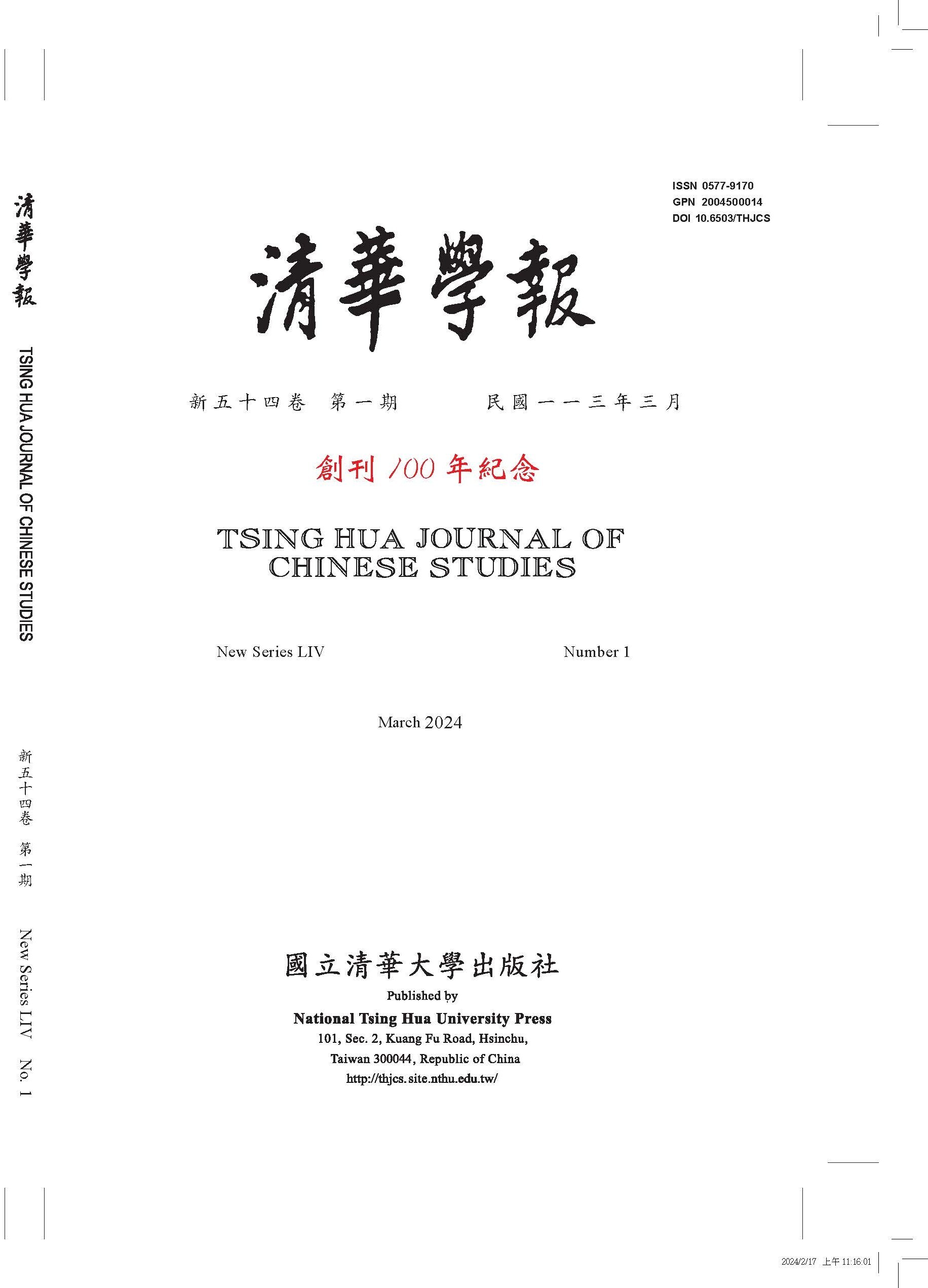The Horizon of Contemplating the Supreme Nothingness: From a Phenomenological Viewpoint
Vol. 52 No. 4 12/2022
|
Title |
The Horizon of Contemplating the Supreme Nothingness: From a Phenomenological Viewpoint/font> |
|
Author |
Chan Wing-cheuk |
|
Genre |
Article |
|
Pages |
717-737 |
|
DOI |
10.6503/THJCS.202212_52(4).0003 |
|
Download |
|
|
Language |
Chinese |
|
Key words |
horizon of contemplating the supreme Nothingness, Tang Junyi 唐君 毅, Daoism, phenomenology |
|
Abstract |
In Tang Junyi’s 唐君毅 (1909-1978) doctrine of nine horizons, the horizon of contemplating the supreme Nothingness, i.e., the fifth one, refers to the realm of meaning as the correlate of the contemplating mind. This is, in reality, a virtual horizon of the world of meanings. In clarifying the “meaning” of meaning as well as justifying its “virtuality,” Tang mainly follows Husserl’s and Heidegger’s phenomenology. Nonetheless, he also turns to analytic philosophy for help. In the end, Tang develops a topological determination of Zhuangzi’s philosophy. Critically, one might discover some drawbacks to Tang’s understanding of the horizon of contemplating the supreme Nothingness in the Daoist sense. This article tries to argue for the possibility of a different understanding of the topos of this horizon in terms of the affinity between the later Heidegger’s Seinsdenken and Daoism. This will give rise to a higher appreciation of this horizon. Accordingly, it will promote Daoism up to the level of Buddhism. Significantly, my clarification gives rise to a settlement of the famous Gurwitsch-Føllesdal debate. |

